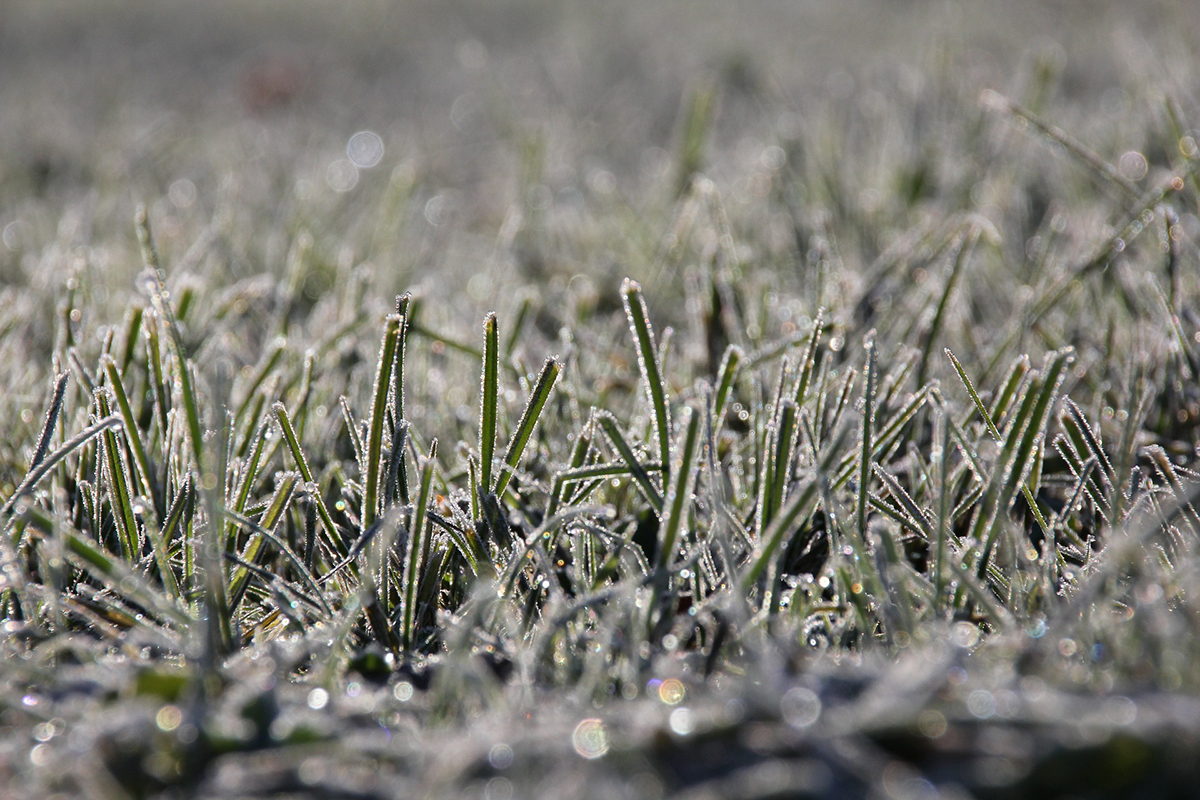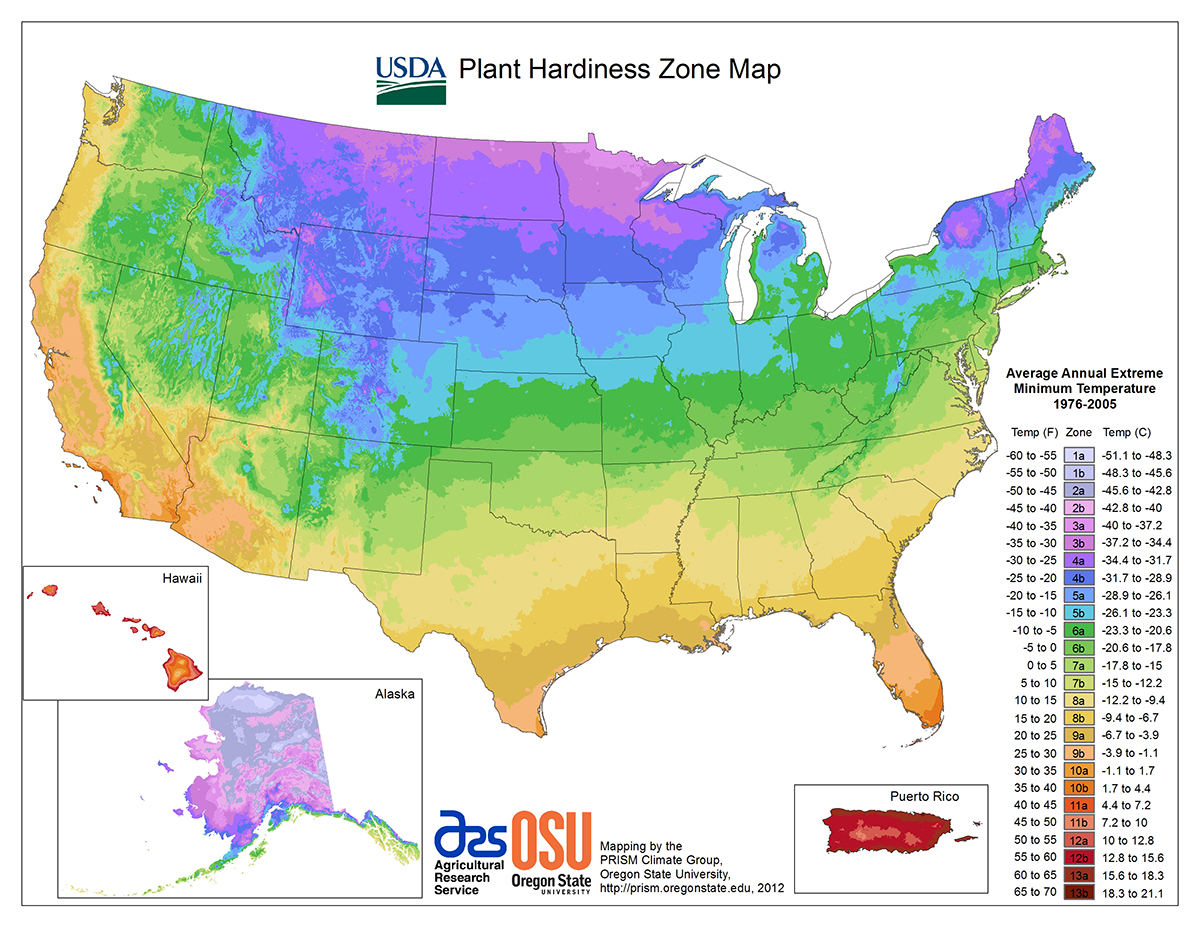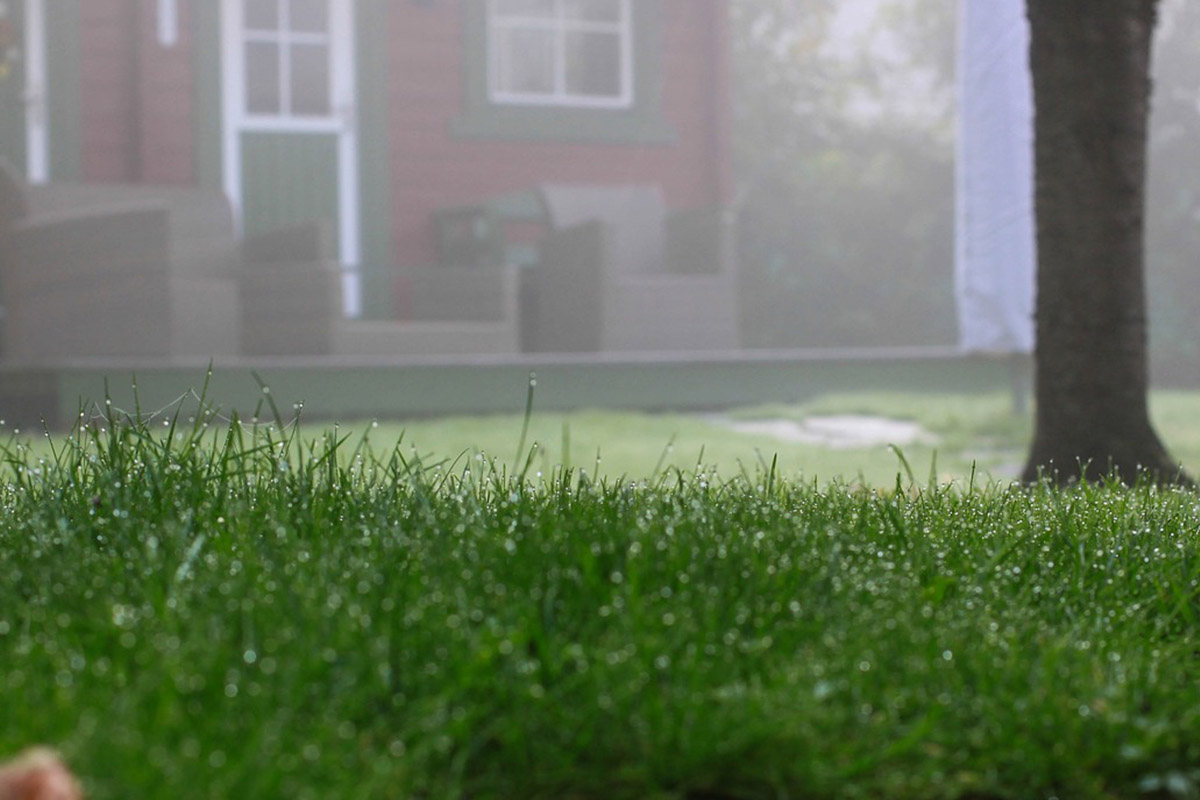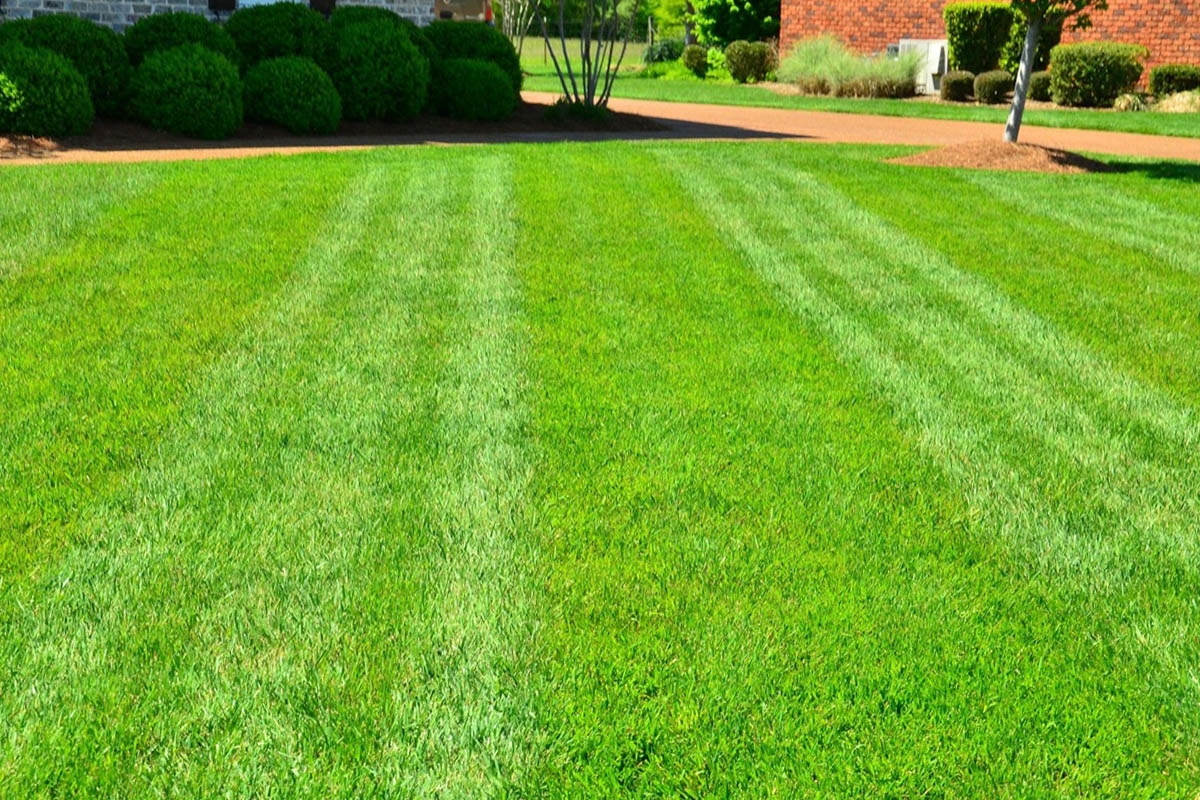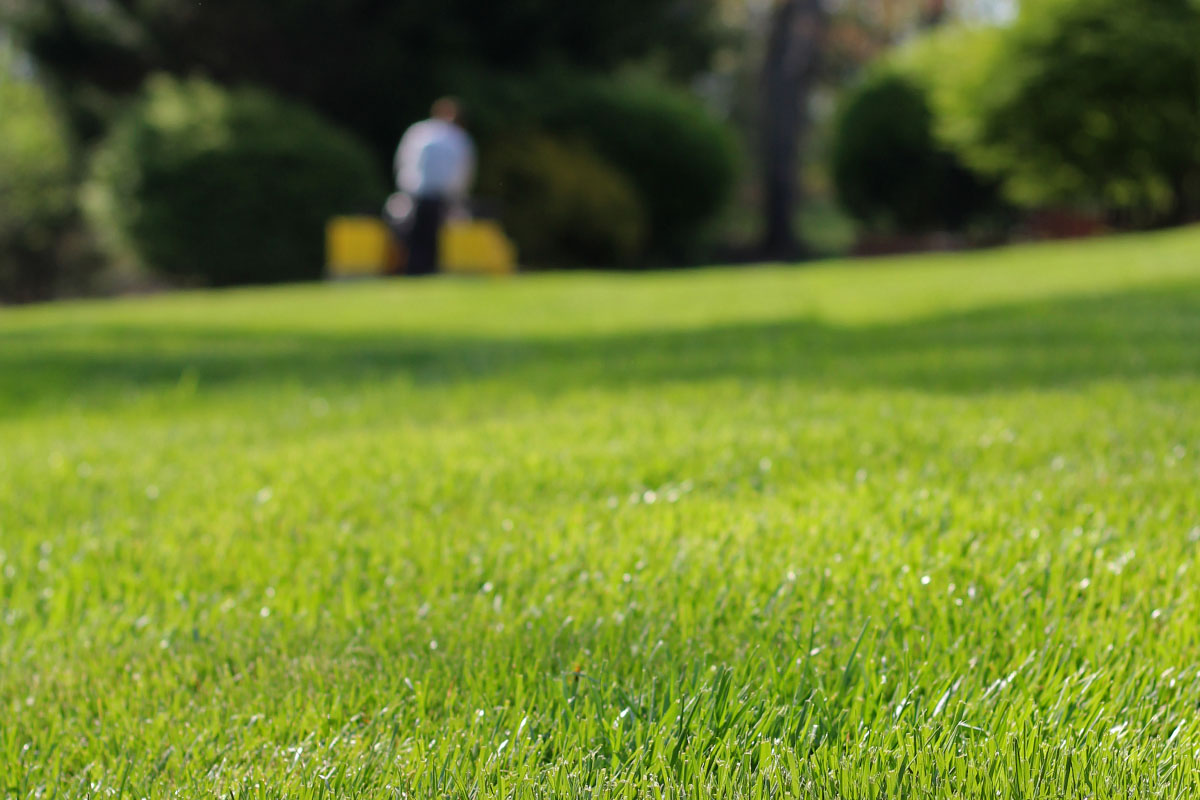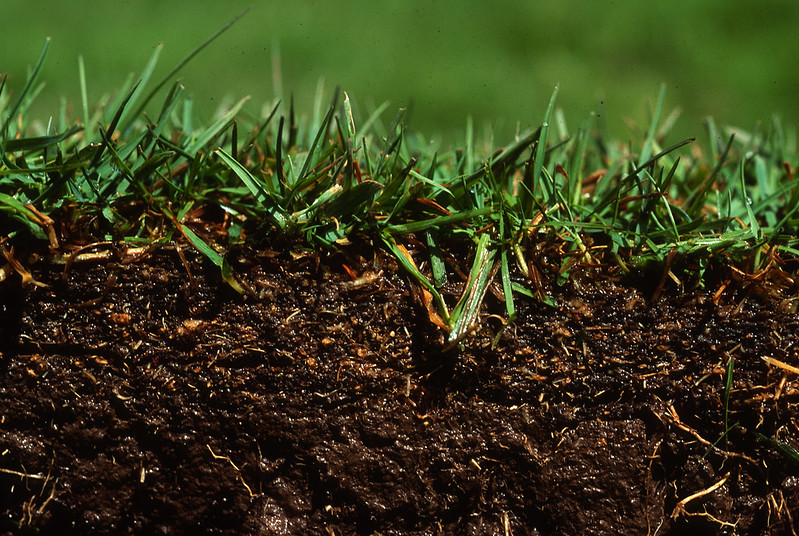Preparing Your Lawn for Winter
As we transition from fall to winter and things are slowing down on the lawn and landscape front, what other jobs still need to be done? A couple of things that we always think about around our homes and shop are below:
1: Mow the Lawn One Last Time
Cutting grass one last time before winter is a good practice. Normally, we recommend mowing it one setting on your mower lower than your normal mowing height, or about 2-2.5 inches. This allows the grass to be trimmed up one time after it stops growing, and prevents it from matting down during snow and wet periods in the winter.
2: Keep Leaves Off the Lawn
Getting leaves off of the grass before winter sets in is critical. Leaves block light, which can kill grass, and even if they are not thick, they will still mat down and smother grass if left on the lawn. Use that one last mow to get the last leaves off your lawn as we move into winter!
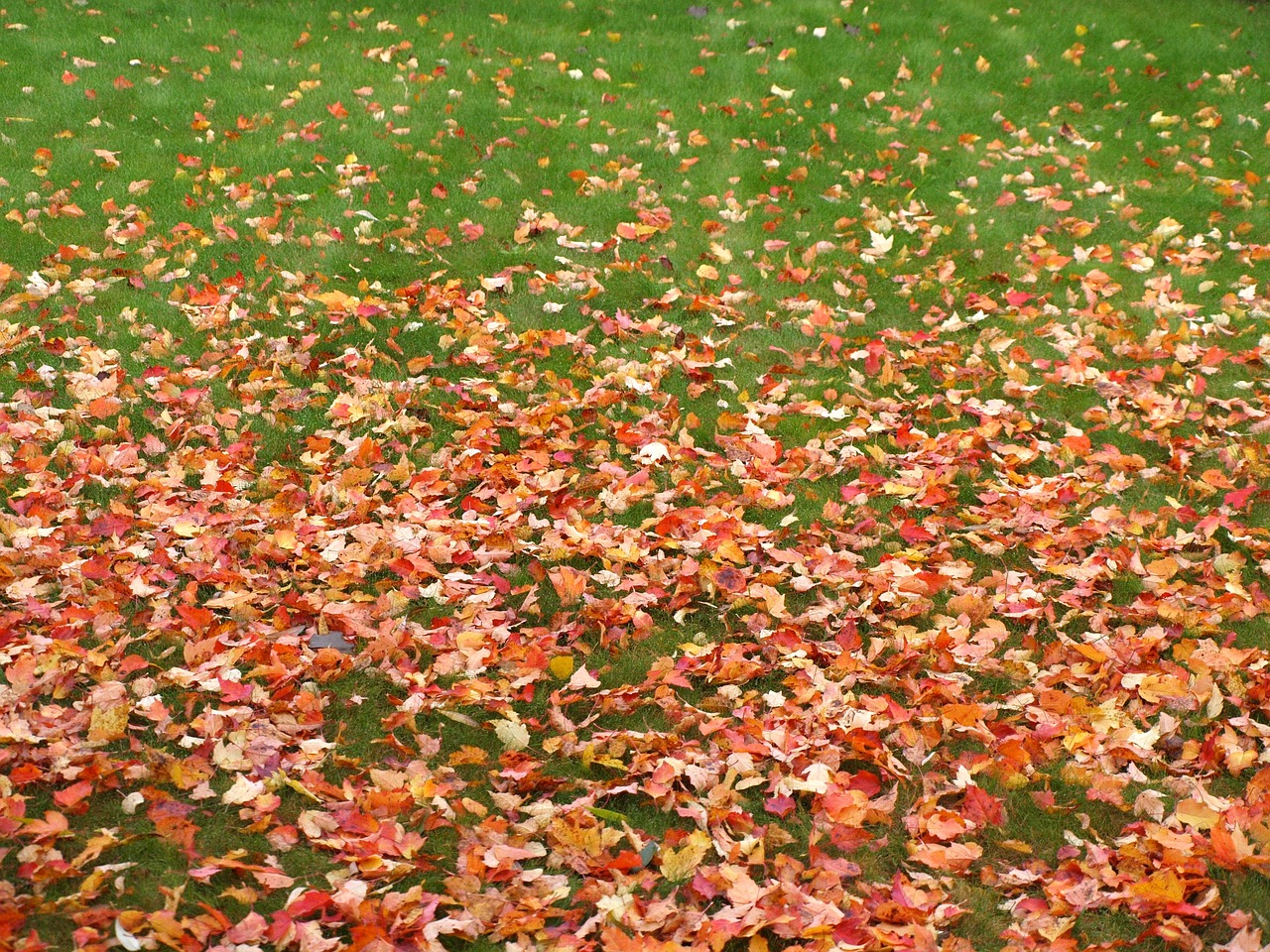
3: Winterize Equipment
Now is a good time to get the mower tuned up and ready for next year. Things like an oil change, having the blades sharpened, and changing the air filter will have you ready for next year when spring comes around. Another small thing that we do is to wipe down all the hand tools and apply a light coating of protective oil, such as mineral oil or a light coating of WD-40. This cleans the tools up for next year, and the coating helps to prevent rust.
4: Prune Any Dead Material from Woody Plants
Any dead or diseased plant material or woody branches should be taken out before winter. These dead and decaying parts of plants can lead to other problems down the line, such as fungal infections, or dangerous falling limbs during snow or windy times. If you have questions about pruning, please feel free to give us a call!
5: Water!
Give your landscape plants one last drink before it gets really cold if it has not rained. Just check the soil about 2 to 4 inches down. If it feels dry, give that area a good soaking. The number one cause of plant damage during the winter to hardy plants is actually drought damage. While we don’t see wilting leaves or other symptoms, plants still need some water during the winter months to keep the roots growing and to prevent the top from drying out and being damaged.
6: Avoid Walking or Driving on Frozen Grass
When you walk or drive on frozen turf, you break the leaves off at the base of the plant. After that happens, you will have brown footprints or tire tracks in your lawn for the rest of the winter. While it is not very damaging to the turf, it certainly stands out and stays around for a while!
7: Be Careful with Ice Melt/Salt Products
Please be careful using salt or ice melt products around your lawn and landscape. Some of these products can have very high salt contents (which is why they work). Getting too much ice melt or salt on your plants will cause damage that you will see in the spring. The high levels of salt prevent the roots from taking up water, so essentially, they suffer drought stress and can die from these products. Be sure to check the bags and follow the label directions whenever applying these products.
8: Provide Protection for Tender Plants
Be sure to put down a nice mulching in your landscape beds for the winter. This will help to hold moisture in the soil and also insulates plant roots from bitter cold temperatures. If you have plants that are only marginally hardy in our USDA growing zone, you can protect it by moving it to the warmest side of the house (usually the south or south-west side) and then covering it during times of very cold temperatures (less than 25 degrees Fahrenheit).

